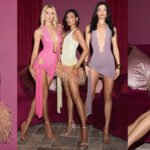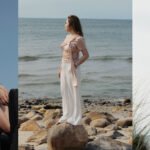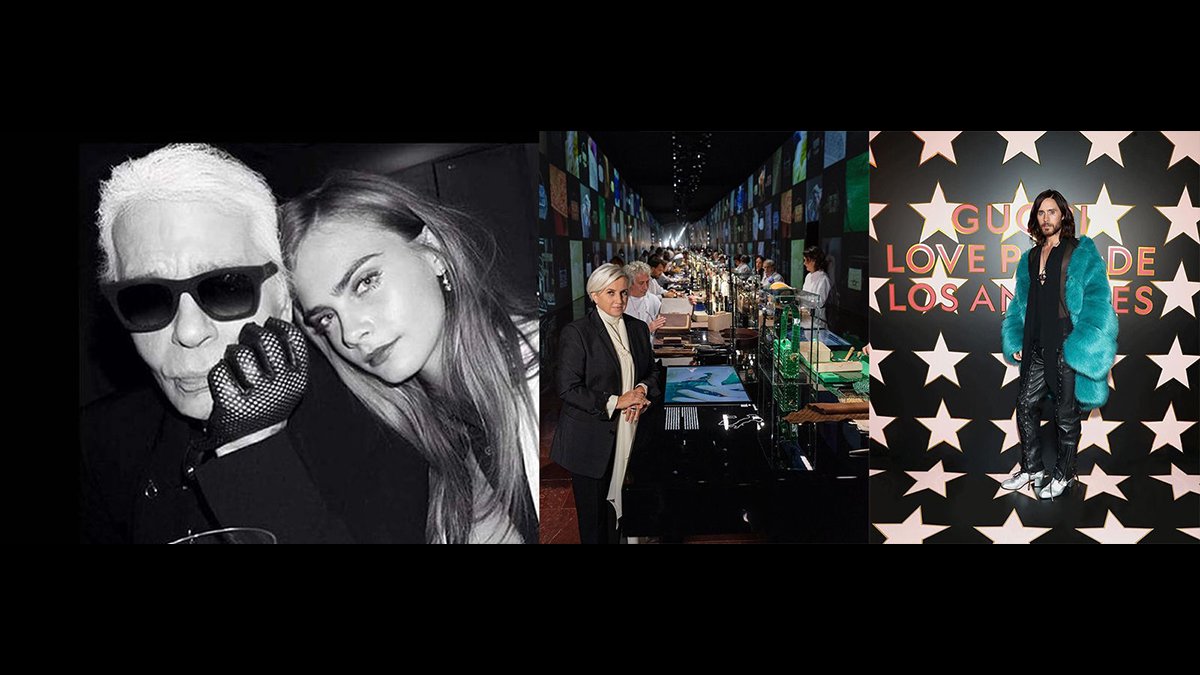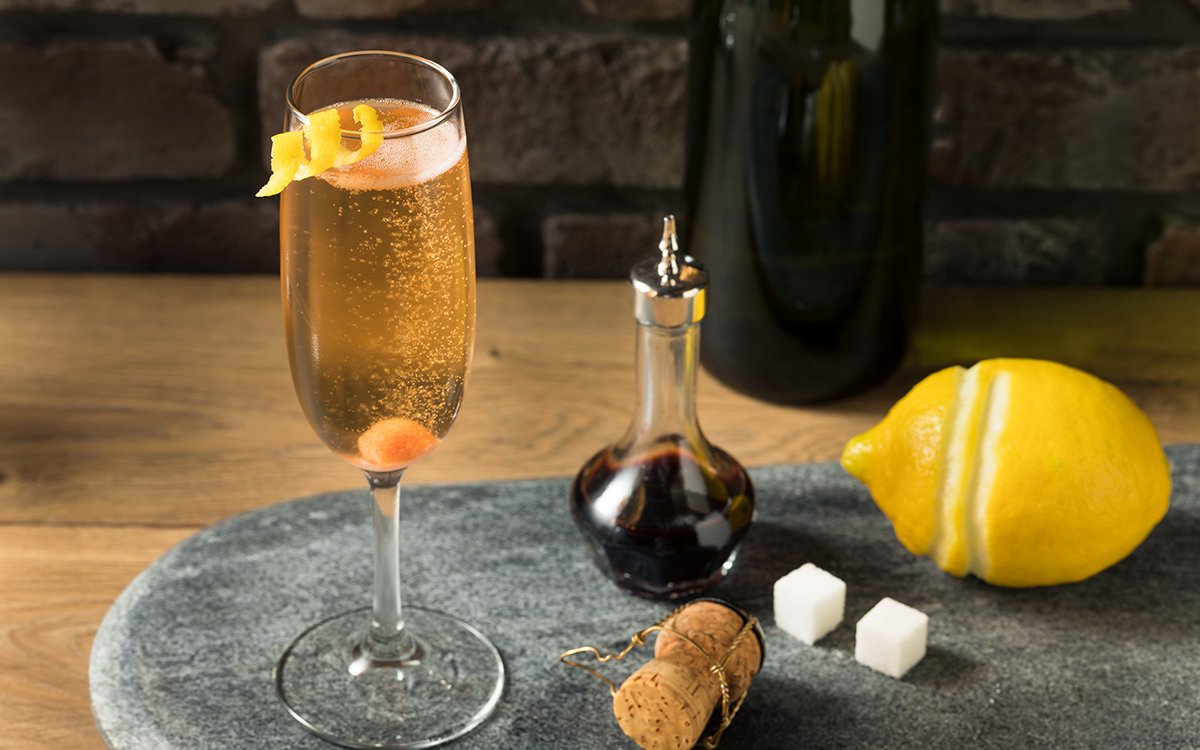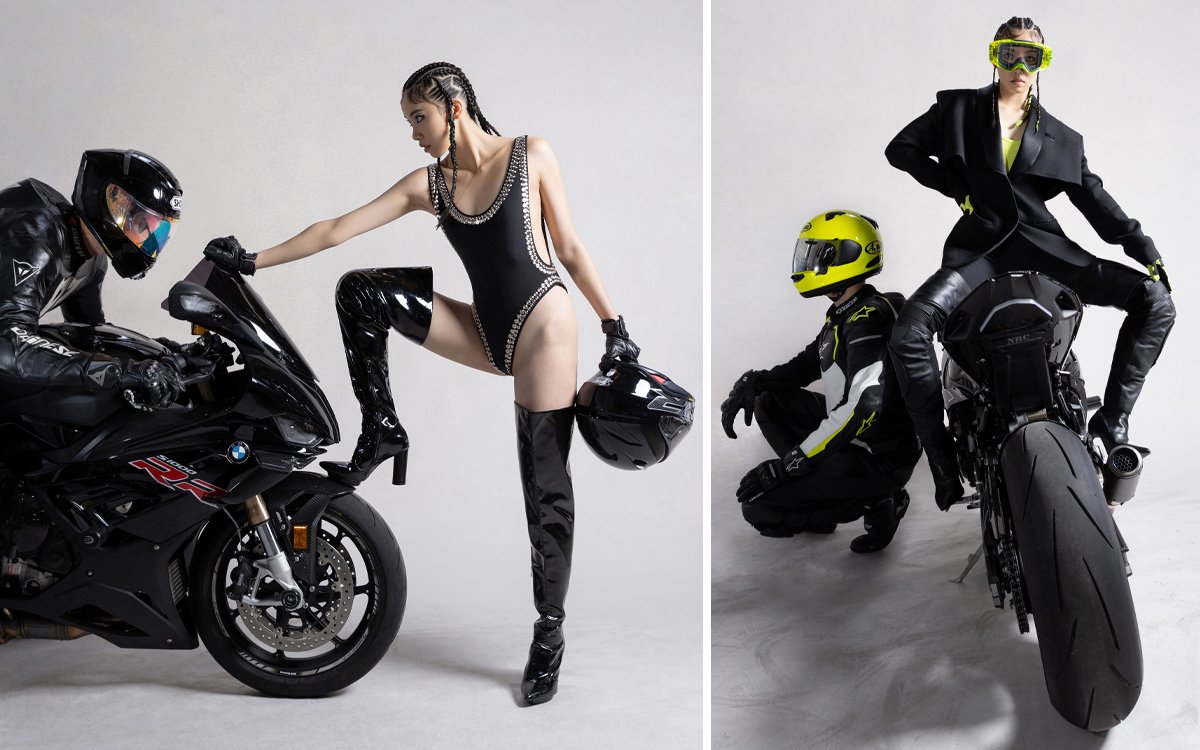Today, we’re exploring the creative world of Mengyan Li, an industrial designer and illustrator known for her imaginative and functional work. With over a decade of experience, Mengyan’s passion for product design and innovation shines through. She describes herself as a dreamer, deeply immersed in shaping, sketching, problem-solving, and storytelling. Dive in to know everything about her!
Hello Mengyan, Welcome to L’Officiel! How do you maintain inspiration and motivation to be a designer?
Firstly, passion is the key. Without it, staying motivated becomes a challenge. Fortunately, my genuine love for design keeps me consistently driven. Secondly, I believe in the power of Accumulation. Constantly absorbing new knowledges and immersing myself in different experiences naturally keeps the inspiration flowing. Lastly, I embrace moments of “daydreaming.” Cultivating a rich imagination is vital for sustaining creativity and providing mental rejuvenation.
Can you share with us some of your favorite design magazines and books that inspire you?
Absolutely! I draw a lot of inspiration from magazines like “MilK” and “Architecture Digest,” which delve into interior design, lifestyle photography, and architectural innovation. Additionally, I find myself engrossed in illustration collections, as they fuel my creativity and broaden my design horizons.
Are there any designers or illustrators whose work you admire?
I hold great admiration for Raymond Loewy, a trailblazer in industrial design whose influence continues to resonate. Additionally, the ornate decorative style of Alphonse Mucha deeply inspires me. In the realm of illustration, I’m captivated by Jae Suk Kim’s fashion illustrations, as well as the works of Meiji Yoshida and other talented artists.
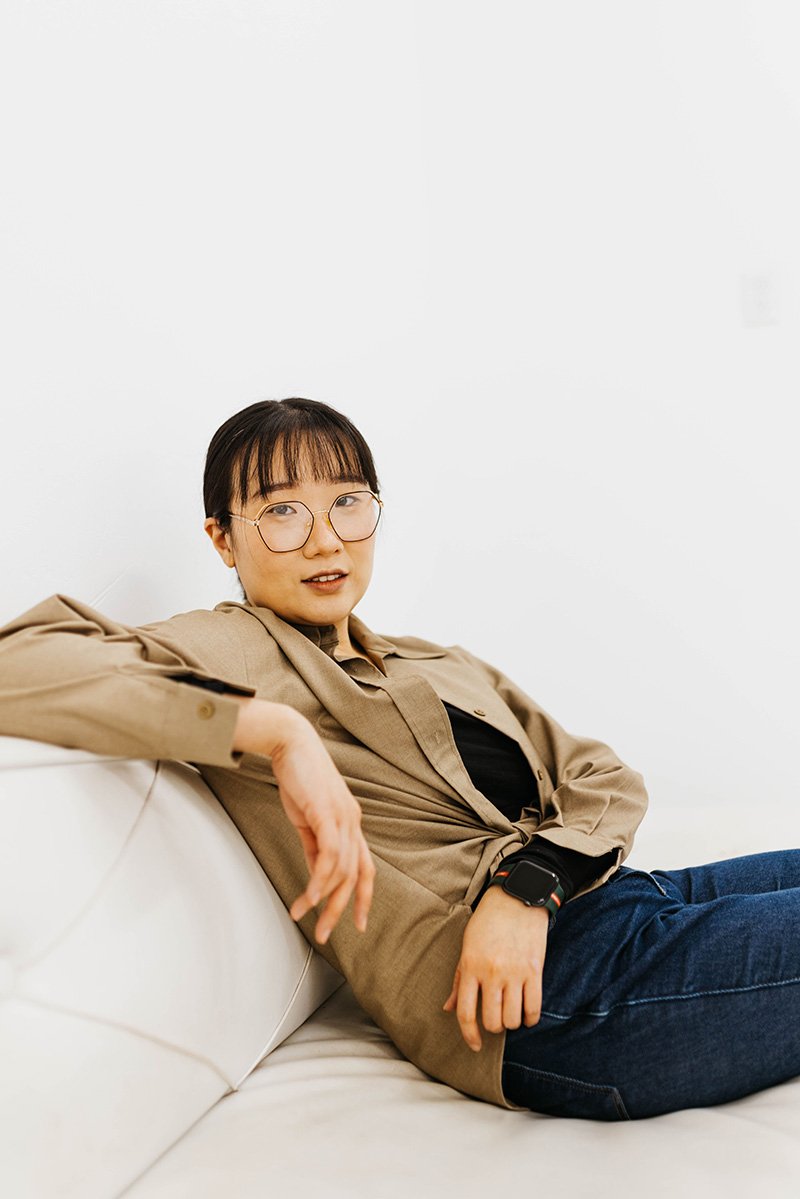
What are your favorite colors?
I’m particularly drawn to yellow with a brightness above 50% as well as the timeless combination of black and white. However, my color preferences may vary depending on the context.
Could you discuss the importance of storytelling and idea visualization in industrial design?
Storytelling serves as a powerful bridge in industrial design, connecting problems, opportunities, and solutions. Through compelling visuals and narratives, it engages audiences, fosters empathy, and effectively communicates the value of products. Ellen Lupton’s acknowledgment of my storyboards in her book “Design is Storytelling” underscores the significance of this aspect in the design process. My proficiency in hand sketching and storytelling distinguishes me in the realm of “Idea Visualization” among industrial designers. When I was doing portfolio coaching at Utah State University, I also provided corresponding answers to the students there. Compared with long paragraphs of text descriptions, storyboards can greatly increase the readability and interest of the portfolio, allowing recruiters to be attracted in a short time – after all, most people only browse a work for a few seconds.

How do you balance aesthetics and practicality in your design?
I adhere to the principle of “form follows function,” though I recognize it as a principle that may evolve. In my designs, the aim is to eliminate unnecessary embellishments that lack functional relevance, ensuring every aspect serves a purpose. It might not have to be a “physical functional purpose”, but has to have logical reasons behind, such as, supporting the design language, matching the surrounding environment, or providing emotional values to the target users.
Lastly, do you find your design style differs significantly between industrial product design and comic illustration?
Indeed, there’s a noticeable distinction in style between my industrial design work and comic illustrations. In industrial design, my approach leans towards rationality and minimalism, emphasizing functionality and sleek aesthetics. On the other hand, my comic illustrations adopt a softer, more emotive style, allowing me to delve deeper into storytelling and character development. Despite these disparities, both avenues of expression enrich my creative journey and contribute to my evolving artistic identity.




